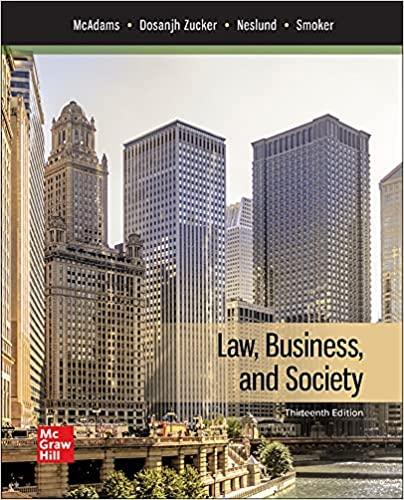In 2009, the federal Family Smoking Prevention and Tobacco Control Act (FSPTCA) became law. It authorized the
Question:
In 2009, the federal Family Smoking Prevention and Tobacco Control Act (FSPTCA) became law. It authorized the Food and Drug Administration (FDA) to reduce nicotine levels in tobacco products, banned certain chemical additives, forbade the use of terms like “low tar” and “light,” and sharply curtailed how tobacco products could be advertised and promoted. Until its enactment, the regulation of tobacco was left to the states under their police powers. Little control was exercised over chemical content. Colorful packaging and in-store displays were widely used. Outdoor advertising could often be placed without concern for children’s exposure to it. Flavorings that appeal to youth and mask the smoke’s harsh taste were common. The legal age to purchase tobacco products ranged from 18 to 21. Almost 500,000 deaths were annually being attributed to smoking-related diseases. Even the tobacco industry had concerns about state regulation: complying with the variations was burdensome, and the lack of safety standards increased the risk of product liability lawsuits. For example, shortly before the FSPTCA was enacted, the U.S. Supreme Court upheld a nearly $80 million award for a smoking-related death against Philip Morris, nearly all of which was punitive damages. The lower decision in the Oregon Supreme Court condemned the company’s conduct, finding a massive, continuous, near-half-century scheme to hide the risks of tobacco use.
Question
In your view, is the regulation of tobacco products best left to the states or to the federal government? Explain.
Step by Step Answer:

Law Business And Society
ISBN: 9781260247794
13th Edition
Authors: Tony McAdams, Kiren Dosanjh Zucker, Kristofer Neslund, Kari Smoker





